Mercado Nambu de Jeonju (전주 남부시장)
778.5M 2025-07-09
Pungnammun 1-gil 19-3, Wansan-gu, Jeonju-si, Jeonbuk-do
Establecido en 1905, el Mercado Nambu de Jeonju es hasta la actualidad un importante punto de comercio, de economía y de transporte para los habitantes de la ciudad de Jeonju. Desde finales de los 60 hasta los años 70, el precio del arroz en general se determinaba en este mercado, mostrando así su gran influencia en los mercados de Corea. Actualmente, unas 800 tiendas se encuentran en el predio. Todos los viernes y sábados hay un mercado nocturno donde se pueden probar platos para picar como morcillas, tortitas y rollitos.
Calle Gaeksa-gil (객사길)
792.4M 2024-04-06
Jungang-dong 2-ga 10-1, Wansan-gu, Jeonju-si, Jeonbuk-do
Hanok Garden in Jeonju (전주한옥마당)
802.4M 2025-10-23
80-13, Jeonjucheondong-ro, Wansan-gu, Jeonju-si, Jeonbuk-do
Jeonju Hanok Madang is located in the Jeonju Hanok Village. Jeonjucheon Stream and Namcheongyo Bridge are only one block away, whereas Gangam Calligraphy Museum, Jeonjuhyangyo Confucian School, Jeonju Hanbyuk Culture Center, Nambu Market, and Markbu Market Youth Mall are nearby. Major attractions of the Jeonju Hanok Village such as Gyeonggijeon, Jeondong Catholic Cathdral, and Omokdae are also within walking distance.
The main building and servants’ quarters of Jeonju Hanok Madang were built in 1941. It was renovated to retain the original shape of the traditional hanok, yet cozy and comfortable enough for modern people to use. Porches are attached to every room while Faith Room and Hope Room have additional inner floors attached to it. Inside the rooms are rafters, beams, wooden pillars walled with Hanji wallpapers, and ribs of lattice doors. There is a clean bathroom in each room.
The yard is the place the owner couple cherishes the most. Guests can enjoy the yard in any room just by opening the door. It is a combination of jar stands, a small pine tree, and small potted plants. Different flowers bloom from spring through autumn. It is such a pleasure to sit on the porch and appreciate the scene. In autumn, the persimmon tree bears fruits and dried persimmons hang from the eaves.
Calle del Cine de Jeonju (전주 영화의 거리)
804.8M 2024-05-14
Gosa-dong, Wansan-gu, Jeonju-si, Jeonbuk-do
Museo de Caligrafía Gangam (강암서예관)
809.9M 2024-04-07
Jeonjucheondong-ro 74, Wansan-gu, Jeonju-si, Jeonbuk-do.
Jeonju es considerada como una de las ciudades de la cultura y el arte de Corea, pero si desea sentir su ambiente artístico más de cerca y profundamente, visite el museo de caligrafía Gangam, situado en los alrededores de la Aldea Tradicional. El museo fue inaugurado en el año 1995 y es visitado por una gran cantidad de personas que aman el arte. En sus cercanías se encuentran varios lugares turísticos, considerados como valiosos patrimonios del país, la puerta Pungnammun, el santuario Gyeonggijeon, y hacia el este, la Escuela Confuciana Jeonju Hyanggyo, junto con el monte Omokdae, etc.
Este museo fue fundado en conmemoración y homenaje al gran maestro Song Seong-yong, cuyo seudónimo era “Gangam”, quien fue un famoso calígrafo nacido en esta región. Siendo el único museo exclusivo de la caligrafía en el país, expone un total de 1.162 piezas artísticas de las siguientes figuras claves del ramo: Chusa Kim Jeong-hui, funcionario público y calígrafo de Joseon, Lee Sam-man (seudónimo Changam), Kim Hong-do (seudónimo Danwon), Jeong Yak-yong (seudónimo Dasan), famoso filósofo religioso de Joseon, etc.
Por otro lado, a 200 m de distancia de este museo se inauguró la Sala Conmemorativa de la Revolución Donghak, por lo tanto, también podrá aprovechar la ocasión para conocer la historia de esta revuelta campesina.
Escuela Confuciana Jeonju Hyanggyo (전주향교)
823.1M 2025-07-09
Hyanggyo-gil 139, Wansan-gu, Jeonju-si, Jeonbuk-do.
Es una escuela confuciana que fue fundada en la dinastía de Joseon (1392-1910) y fue designada como Tesoro Histórico. Fue un establecimiento educativo del período de Joseon que estuvo originariamente ubicado en el sitio del santuario Gyeonggijeon, pero fue relocalizado en este lugar en 1603. Las tablillas mortuorias de 7 eruditos confucianos chinos y los 18 eruditos coreanos están conservadas en el edificio principal llamado Daeseongjeon.
Pabellón Cheongyeonru del Puente Namcheongyo (남천교 청연루)
873.8M 2024-04-06
Cheongyeong-ro 40, Wansan-gu, Jeonju-si, Jeonbuk-do
El puente Namcheongyo es el puente principal que conduce a la Aldea Tradicional de Gyo-dong de Jeonju desde el barrio de Seohak-dong de la ciudad de Jeonju. A través de un importante proyecto de regeneración urbana, toda el área del puente Namcheongyo tuvo una renovación que mejoró la infraestructura disponible, agregando incluso el pabellón Cheongyeonru al puente. Los visitantes pueden disfrutar de una vista panorámica de la zona desde este pabellón de estilo tradicional hanok y al mismo tiempo refugiarse del sol en un día caluroso.
Cine Independiente Digital de Jeonju (전주디지털독립영화관)
874.8M 2024-10-22
Gosa-dong 429-5, Wansan-gu, Jeonju-si, Jeonbuk-do
CGV (Sucursal Gosa de Jeonju) (CGV 전주고사)
952.1M 2024-10-22
Gosa-dong 355-1, Wansan-gu, Jeonju-si, Jeonbuk-do
Biblioteca de la Aldea Artística Seohak (서학예술마을도서관)
1.0Km 2024-10-15
Seohak-ro 12-1, Wansan-gu, Jeonju-si, Jeonbuk-do
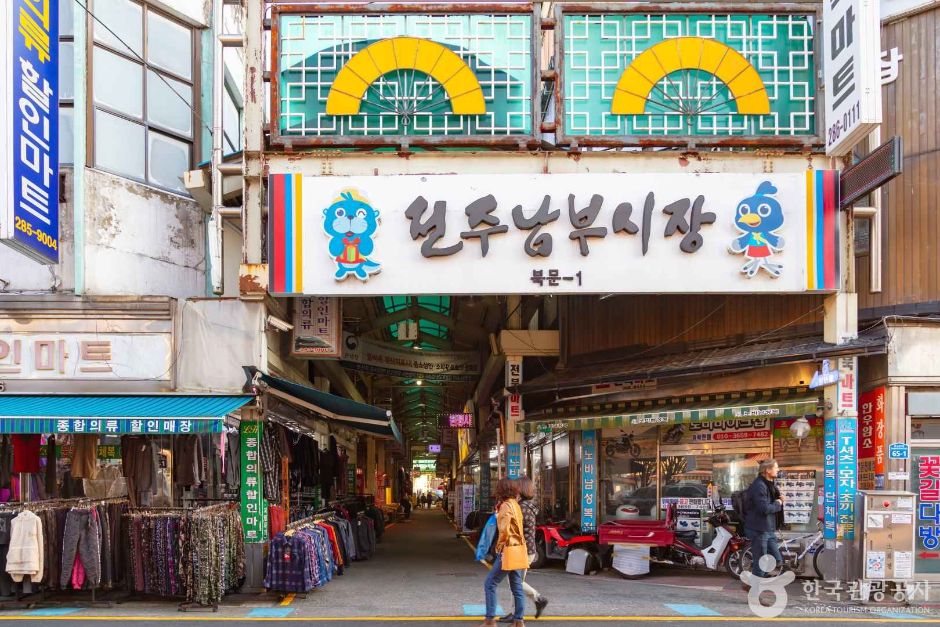


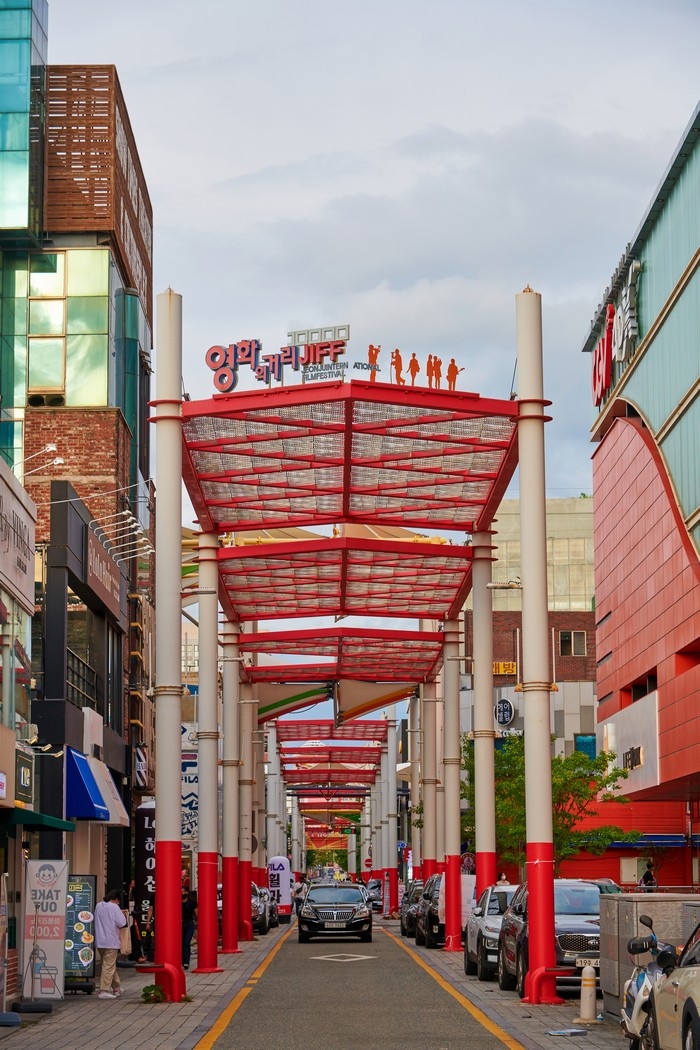

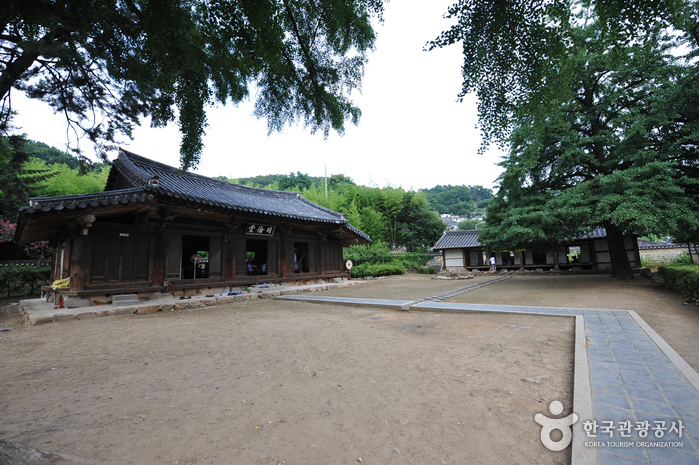

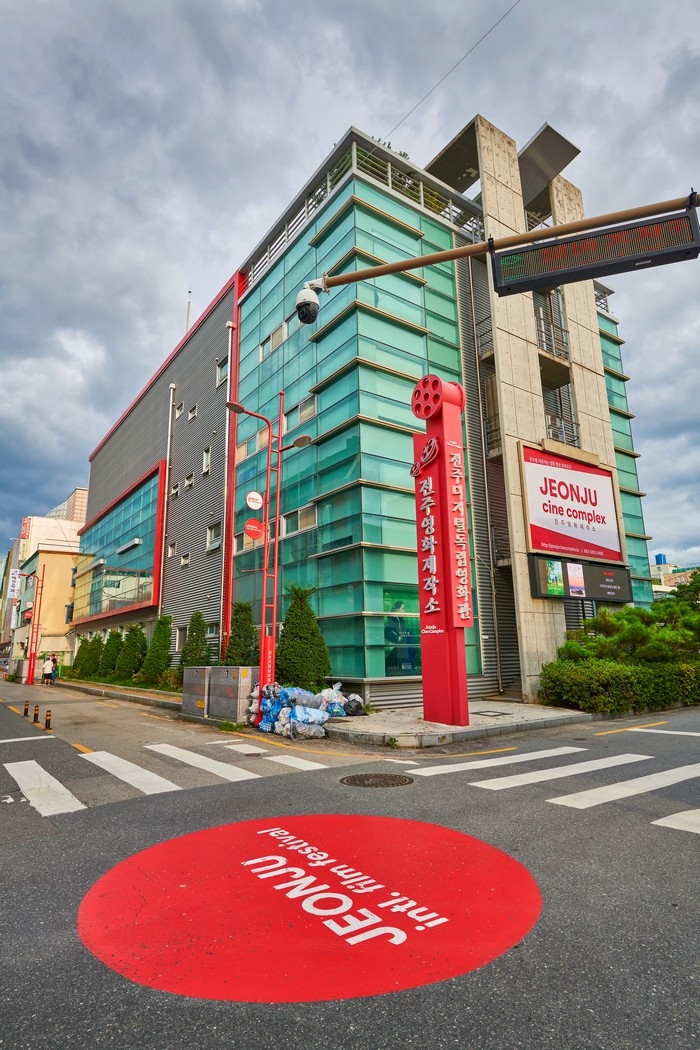
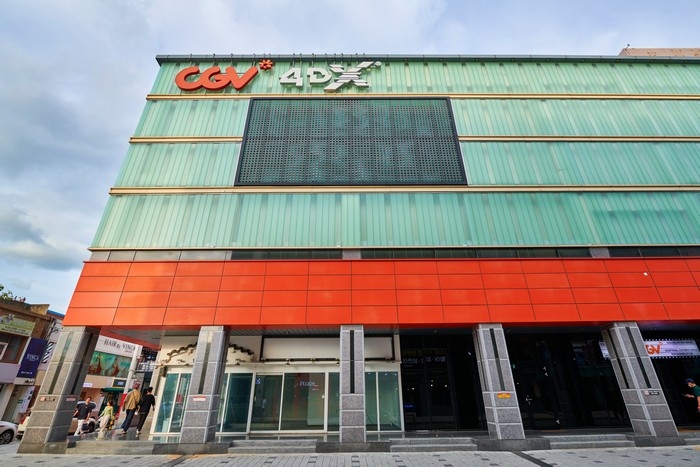
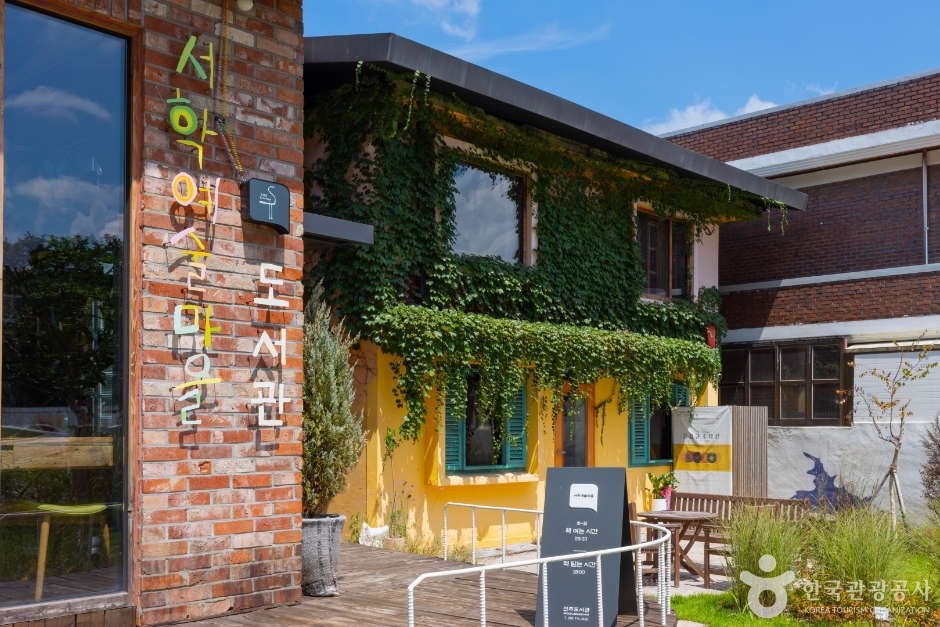
 Español
Español
 한국어
한국어 English
English 日本語
日本語 中文(简体)
中文(简体) Deutsch
Deutsch Français
Français Русский
Русский